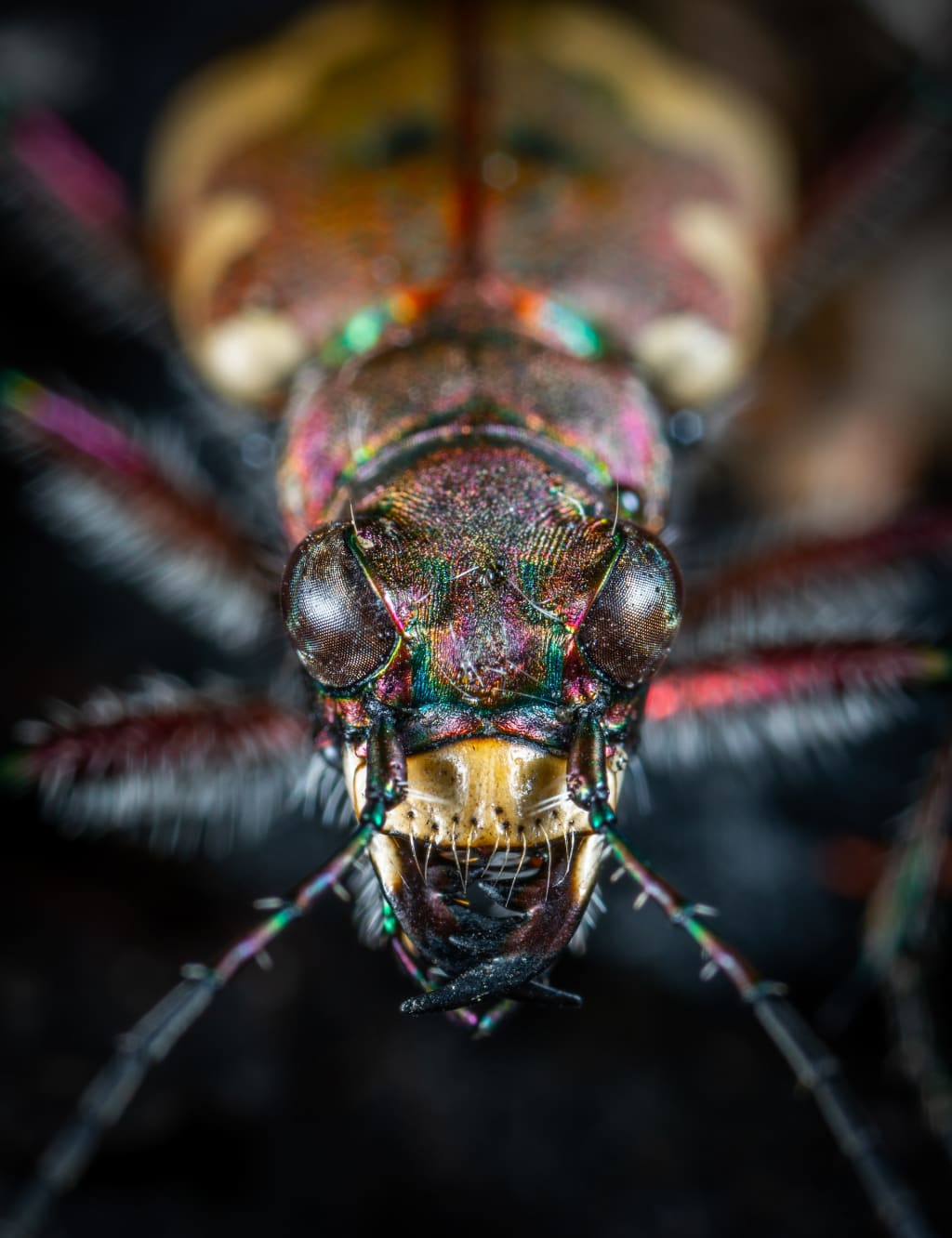The Unending Difficulty of Banishing Bugs
The Frustration of Eliminating Bugs In The Home

“Be distant from me, O filthy cockroach,” says a banishing charm found in the Egyptian Book of the Dead. We are still making efforts to drive these insects out more than 3,000 years later. Cockroaches, however, manage to withstand almost anything we hurl at them, from poison traps to hurriedly brandished shoes. So why are cockroaches so challenging to eradicate? There are around 5,000 varieties of cockroaches.
The majority of them (99%) occupy a variety of environments where they contribute significantly to the ecology by recycling dead or decomposing organic materials and feeding other species. However, a few hundred species have evolved to coexist closely with humans. Among the most prevalent cockroach species are German and American ones. And a combination of their physical and physiological adaptations are what give them their durability.
They have an alarming amount of tenacity when it comes to traditional removal techniques. The sensory hairs or structures on an American cockroach detect minute air currents and quickly transmit information to the brain. The roach can quickly turn around and run away after that. With speeds of up to 50 body lengths per second, it is also one of the fastest invertebrates ever observed. This is comparable to running more than 300 kph in terms of speed for humans.
Additionally, it's simple to locate a hiding place. A flattened, flexible body allows an American cockroach to fit into openings that are only one-fourth of its height. It can endure compressive forces up to 900 times its own weight, even if we manage to hit it by dispersing the stress along its body. The cockroach's resilience goes even further. The variety of organic materials that cockroaches can consume includes hair, dead skin, glue, and paper. An extensive collection of digestive enzymes enables this. Even in environments with few nutrients, cockroaches can survive and even grow.
As nitrogen is a crucial component of DNA and proteins, roaches frequently consume rotting foods that are low in nitrogen. However, they live by storing waste containing nitrogen in their bodies and allowing a local bacterial population to recycle the nitrogen into helpful compounds for them. German cockroaches, on the other hand, have no qualms about eating their own waste, vomit, or dead or dying colony members.
An American cockroach will play in sewers while digesting waste and carrying bacteria like E. coli and Staphylococcus aureus. But they won't typically face any repercussions. This is due to the fact that they possess genes that confer protection against a variety of infections. These genes frequently duplicate themselves numerous times. The cockroach's immune system effectively releases several antibacterial compounds as a result of infection. Additionally, cockroaches have a wide array of chemical defenses. For instance, it is likely to be lethal if a non-resistant roach crawls on a surface that has been sprayed with a pyrethroid insecticide.
After being absorbed, the substance attaches to sodium channel proteins, which aid in the transmission of nerve impulses. The pyrethroid keeps the sodium channels open, which causes the nerves to fire frequently. The cockroach eventually passes away. But if a roach that is resistant to pyrethroids is exposed, it will be alright. They now have sodium channels that the pyrethroids are unable to connect to thanks to genetic changes. The cockroach also produces more detoxifying enzymes, which render the pesticide harmless and allow the cockroach to simply excrete it as waste. German cockroach populations could develop resistance to a new insecticide in a matter of months due to how quickly they reproduce. They have demonstrated resistance to 43 different chemicals thus far.
Contrary to popular opinion, cockroaches probably wouldn't make it through a nuclear holocaust. Cockroaches are not very radiation tolerant when compared to other insects. Near nuclear explosions, they would perish, but miles away, they would still be gravely weakened. In addition, catastrophes that endanger humans also endanger the roaches' habitats and food sources. Maybe the only way to defeat them is by destroying each other. Or perhaps cockroaches will discover even stranger methods to survive long after we are gone.
About the Creator
Althea March
I am a writer who searches for facts to create compelling nonfictional accounts about our everyday lives as human beings, and I am an avid writer involved in creating short fictional stories that help to stir the imagination for anyone.






Comments
There are no comments for this story
Be the first to respond and start the conversation.